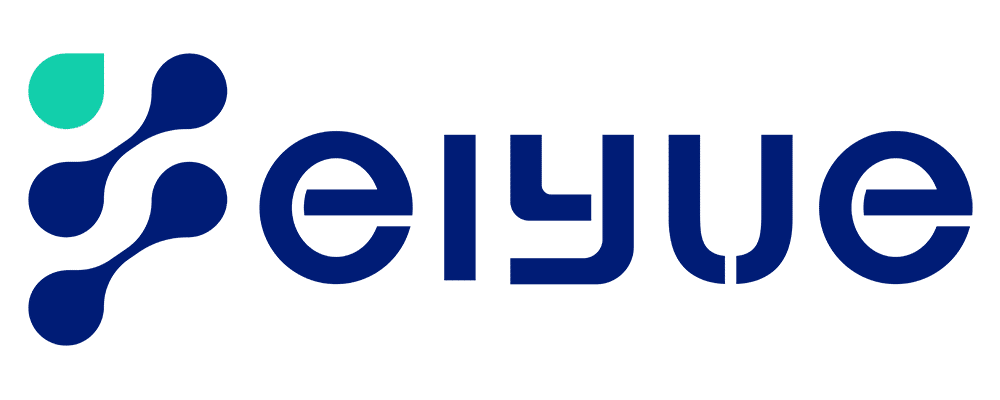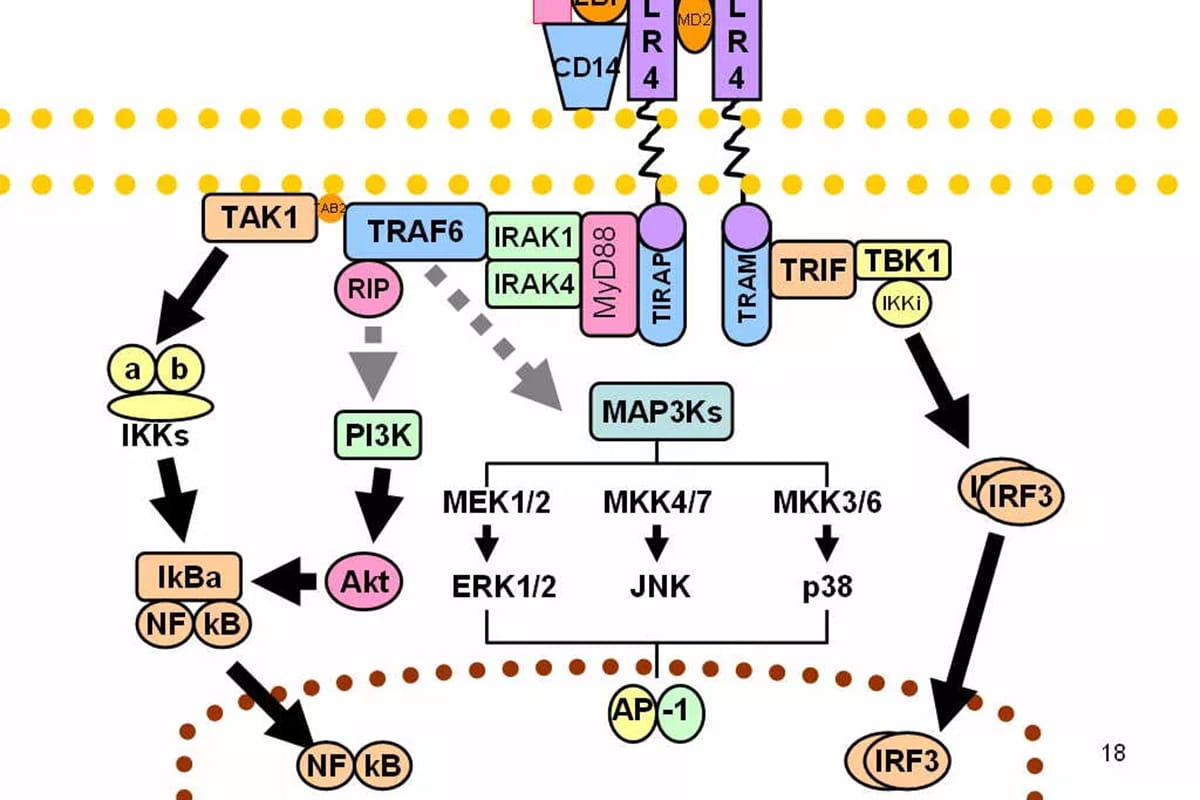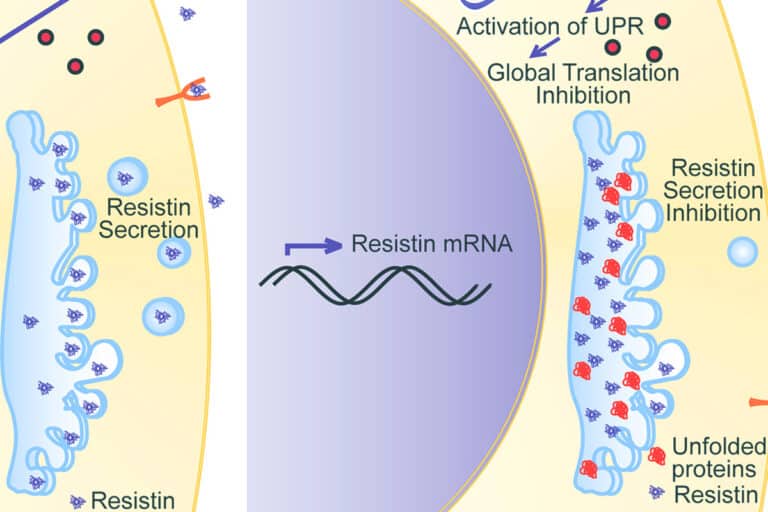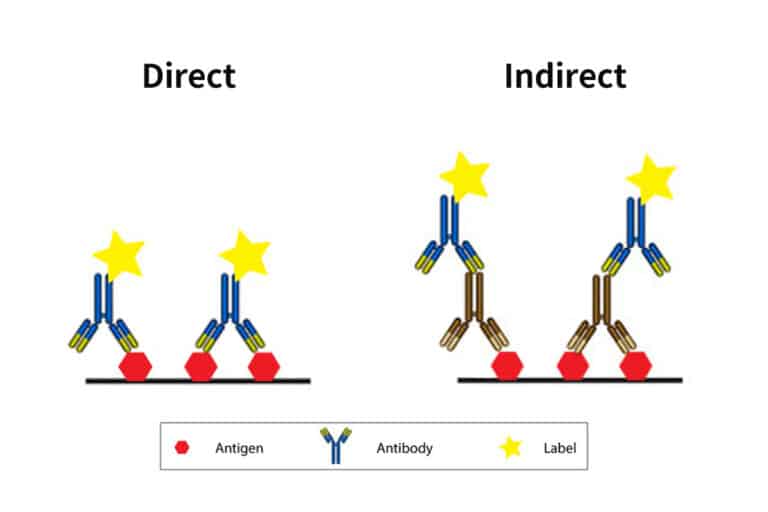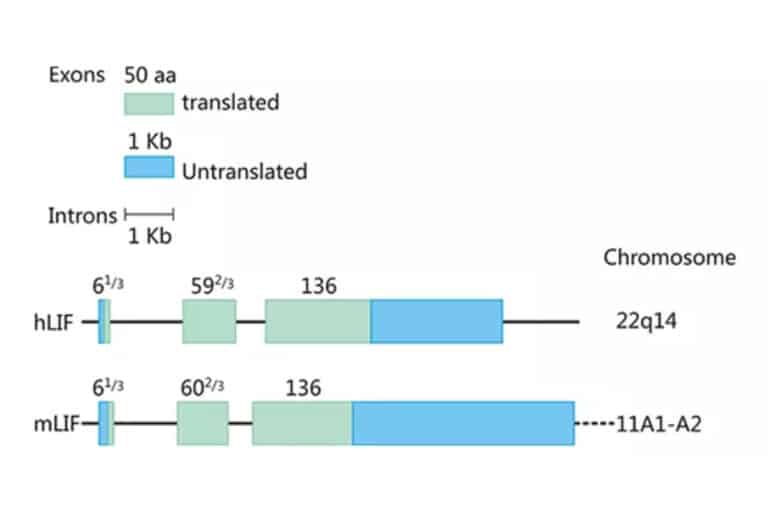Human SCD14 ELISA Kit
Human SCD14 ELISA Kit
CD14 introduction
CD14 (cluster of differentiation 14), formerly known as MY23 antigen, is a surface antigen and a member of the cell surface glycoprotein family. The protein encoded by the CD14 gene is preferentially expressed in monocytes/macrophages. CD14 is a high-affinity receptor for the gram-negative bacterial endotoxin lipopolysaccharide LPS and LPS-binding protein (LBP) complex.CD14 recognizes and binds to LPS, causing cellular tyrosine phosphorylation, nuclear factor NF-κB translocation, triggering the release of cytokines and the generation of oxygen free radicals, and plays an important role in a series of reactions caused by the body’s immune and defense systems.
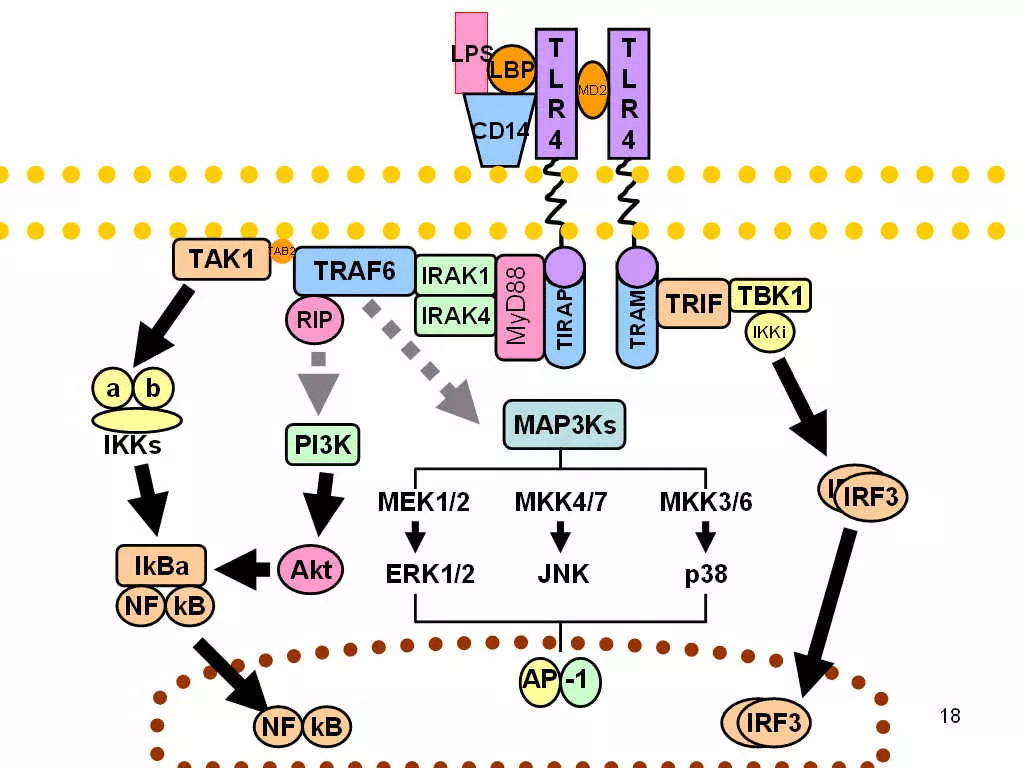
CD14 (cluster of differentiation 14) is a human protein made mostly by macrophages as part of the innate immune system. Which helps to detect bacteria in the body by binding lipopolysaccharide (LPS), a pathogen-associated molecular pattern (PAMP). CD14 exists in two forms, one anchored to the membrane by a glycosylphosphatidylinositol (GPI) tail (mCD14), the other is sCD14(Soluble Cluster of Differentiation14 (sCD14).
CD14 acts as a co-receptor (along with the Toll-like receptor TLR 4 and MD-2) for the detection of bacterial lipopolysaccharide (LPS). CD14 can bind LPS only in the presence of lipopolysaccharide-binding protein (LBP). Although LPS is considered its main ligand, CD14 also recognizes other pathogen-associated molecular patterns such as lipoteichoic acid. CD14 has been shown to interact with lipopolysaccharide-binding protein.
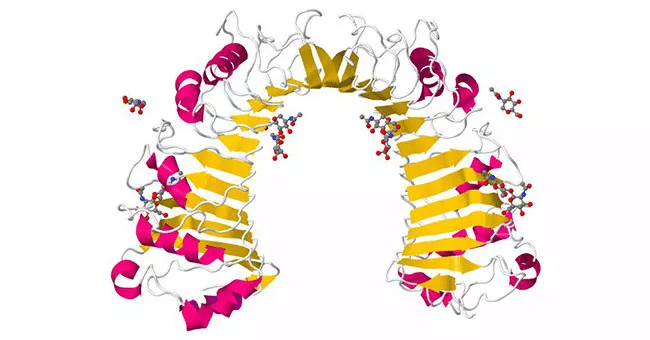
CD14+ monocytes can differentiate into a host of different cells, including dendritic cells, a differentiation pathway encouraged by cytokines, including GM-CSF and IL-4. CD14 has been shown to interact with lipopolysaccharide-binding protein.
Soluble Cluster of Differentiation14
FEIYUEBIO HumansCD14(Soluble Cluster of Differentiation14) ELISA Kit is an ELISA reagent for detection of sCD14 (Soluble Cluster of Differentiation14) in human serum, plasma or cell with sensitivity, specificity and consistency.
Establish normal detection range and validate antibody array results. CD14 is a pattern recognition receptor that exists in two different forms: GPI anchoring membrane CD14 (mCD14) and liver-derived serum soluble CD14. SCD14 is an acute phase protein that is significantly upregulated during sepsis, but is also found in normal serum at microgram concentrations. CD14 plays an important role in phagocytosis and clearance of apoptotic cells and in reactivation and immune recognition of microbial cell wall components from Gram-positive and gram-negative bacteria. SCD14 can transfer LPS to THE TLR4/MD-2 complex, triggering a cascade of inflammatory signals and TLR4 endocytosis.
Based on the Sandwich-ELISA principle and enzyme-substrate chromogenic reaction property, the users can measure the content of human sCD14 in serum, plasma, cell culture supernates, tissue homogenates, or urine. This human sCD14 ELISA kit of Feiyuebio is approved with high specificity, excellent sensitivity, precision, good linearity, and high recovery.
